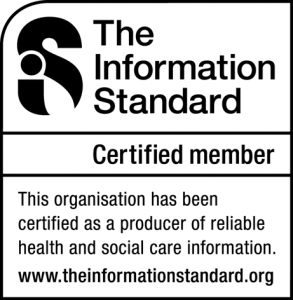Sickle cell community shapes the future of research
We’re proud to announce that the top ten priorities for future research into sickle cell and genomics have now been agreed — marking a milestone moment for people living with sickle cell and those who care for them.
We worked in partnership to deliver this result – the first of its kind to explore research priorities for sickle cell through the lens of genomics — the study of genes and DNA — and how advances in this field could help scientists understand the condition more deeply and develop new treatments for the future.
The Top Ten priorities
The top ten research questions were developed through a partnership between the Sickle Cell Society, Genomics England, and the James Lind Alliance. This national exercise set out to identify the questions that matter most to the sickle cell community. The resulting list will now help scientists and funders focus their work on areas that have the potential to make the biggest difference to people’s lives.
Hundreds of people affected by sickle cell — including patients, carers, carriers and healthcare professionals — shared their experiences and insights to shape this top ten list. Their contributions mean that future research can better reflect the day-to-day realities of living with the condition, and the hopes that people hold for more effective treatments, improved care and ultimately, a better quality of life.
Top 10 Priorities for research into Sickle Cell & Genomics :
|
1 |
How can genomics identify new effective therapies for sickle cell that can prolong life or cure sickle cell? |
|
2 |
Can genomics and genomic treatments predict, prevent or reduce severe sickle cell complications, such as organ damage, stroke and bone pain? |
|
3 |
How can genomics help to decide the best treatments based on a person with sickle cell’s genetic profile? |
| 4 |
How can genomics improve acute and chronic pain management strategies for people with sickle cell? |
| 5 |
Can genomics be used to better understand and avoid adverse reactions to blood transfusions? |
|
6 |
What is the role of genomics in improving the management of complications and outcomes of sickle cell in older adults? |
| 7 |
How effective is genomic treatment in reducing sickle cell milder complications that negatively impact day-to-day life such as pains, fatigue and susceptibility to infection? |
|
8 |
How can clinicians translate genomics advances into personalised tailored treatments for sickle cell care? |
| 9 |
What are the genetic factors that explain differences in responses to sickle cell medications? |
| 10 |
What are the genetic factors and mechanisms linked to the triggering and frequency of a sickle cell crisis ? |
Placing community experience in scientific progress
The project began with an open call for questions from the community, leading to hundreds of suggestions about what remains unknown or unclear in research. These were refined and prioritised by a group of patients, carers and clinicians working together to identify the ten areas of research that could make the greatest difference.
Encouraging fair and inclusive research
The partnership forms part of Genomics England’s Diverse Data initiative, which aims to tackle underrepresentation in health research and ensure that future discoveries benefit everyone. People from black communities have historically been underrepresented in genomic studies — something this project aims to change.
By making sure that the lived experience of people with sickle cell directly informs research priorities, the PSP helps to set a new standard for inclusivity in science.
Looking ahead
Recent breakthroughs such as Casgevy, the first gene-editing treatment offering the potential for a cure, show what can be achieved when research focuses on areas of real need. The ten priorities identified through this partnership will now guide researchers and funders towards the next generation of discoveries — helping ensure that the future of sickle cell care is shaped by the people it affects most.





